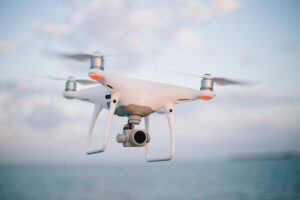
The Federal Aviation Administration will select four airports nationwide to host some of its testing and evaluation of drone detection and mitigation systems as the agency works toward eventually publishing standards around safe and effective use of such systems near airports. On Aug. 21, the FAA released a solicitation looking for at least 10 drone detection and/or mitigation systems to be tested over a period of up to 24 months, beginning in early 2021 at Atlantic City International Airport (KACY).…

 By
By 











